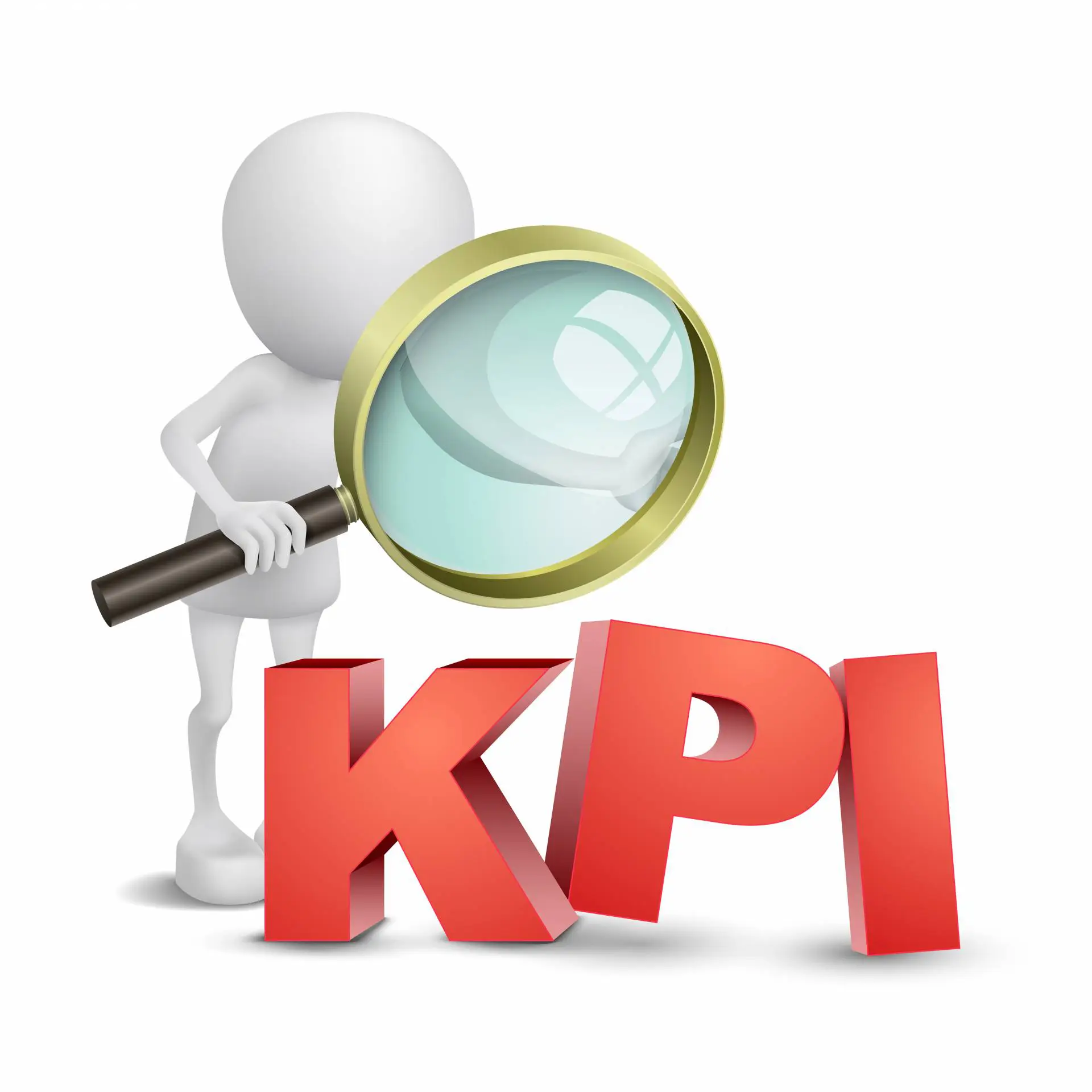
Physician Billing KPI: When You Need the Fundamentals
Physician Billing Key Performance Indicators (KPI) can be complex. Of course, the healthcare revenue cycle is a continuous process that relies on each step to keep revenue flowing. Organizations split the revenue cycle into front-end and back-end to manage tasks around patient appointments. Furthermore, the back-end revenue cycle covers claims submission and transmission to denials management and accounts receivable (A/R) management. Efficient back-end processes are vital to revenue collection and reimbursement optimization. Healthcare providers must ensure a seamless revenue cycle; back-end optimization is key to quick and accurate revenue collection.
For instance, the MAP Keys developed by the Healthcare Financial Management Association (HFMA) can provide valuable insights into your healthcare revenue cycle performance, allowing you to identify areas for improvement and optimize your processes. Partnering with a Revenue Cycle Management expert like ebix, Inc., you can take proactive steps toward achieving better financial outcomes for your organization. Let’s work together to unlock your full potential!
The key components of the back-end revenue cycle
The back end of the healthcare revenue cycle includes coding, health information management, and change management after patient care. Some refer to this final stage of the revenue cycle as patient accounting.
- Claims submission, transmission, and adjudication
- Denials management
- Payment posting
- A/R management
- Patient collections
- Revenue Integrity
These back-end functions of the revenue cycle are essential to keeping a practice operating smoothly. For providers, it is necessary to have efficient processes for submitting accurate claims and handling payments from payers. This helps to ensure the financial stability of the practice.
The critical physician billing KPIs, as defined by HFMA MAP Keys
- Clean claim rate: Providers should divide the number of clean claims by the total number of claims to find the KPI. A higher clean claim rate indicates efficient submissions and low denials, resulting in lower collection costs.
- Denial write-offs as a percentage of net patient service revenue: This KPI takes the net dollars written off as denials and divides the number by the average monthly net patient service revenue. HFMA says it is a trending indicator of the final disposition of lost reimbursement.
- Remittance denial rate: This KPI is the provider’s ability to comply with payer requirements.
- Net days in A/R: The KPI looks at the overall A/R performance and indicates revenue cycle efficiency.
- Aged A/R as a percentage of total A/R: Tracking each aging category gives providers insights into how efficient their revenue cycles are and indicates any challenges they have with collecting outstanding revenue.
- Cash collection as a percentage of net patient service revenue: The resulting value indicates fiscal integrity and the financial health of an organization.
 To summarize, these KPIs leverage revenue cycle data to give organizations a comprehensive view of their revenue cycle. Any undesired values, like a high claim denial rate, suggest an obstacle providers must overcome to guarantee efficiency and financial health. Providers should track these KPIs regularly to monitor revenue cycle efficiency and adjust when numbers slide in the wrong direction.
To summarize, these KPIs leverage revenue cycle data to give organizations a comprehensive view of their revenue cycle. Any undesired values, like a high claim denial rate, suggest an obstacle providers must overcome to guarantee efficiency and financial health. Providers should track these KPIs regularly to monitor revenue cycle efficiency and adjust when numbers slide in the wrong direction.
Benefits of Implementing ebix Revenue Cycle Management Solutions for Independent Physicians
Most importantly, implementing ebix revenue cycle solutions can offer several benefits for independent physicians. One of the key advantages is improved financial performance. Furthermore, revenue cycle solutions streamline the billing and reimbursement process, reducing the risk of claim denials and delays. Therefore, this results in faster and more accurate payment for services rendered, ultimately leading to increased revenue for independent physicians.
Additionally, revenue solutions enhance operational efficiency. These billing solutions automate various administrative tasks, such as patient scheduling, insurance verification, and claims submission. By eliminating manual processes and reducing paperwork, independent physicians can save time and resources, allowing them to focus more on patient care.
Furthermore, revenue cycle solutions provide better visibility and control over the financial aspects of the practice. Physicians can access real-time reports and analytics, allowing them to monitor key performance indicators, identify trends, and make informed decisions. This transparency helps in identifying areas for improvement and optimizing the revenue cycle.
Lastly, implementing revenue cycle solutions ensures compliance with industry regulations and standards. These billing solutions are designed to adhere to coding guidelines, documentation requirements, and privacy regulations, reducing the risk of non-compliance and potential legal issues.
Contact us for a Consultation.
Managing revenue for medical practices can prove challenging due to the complexity of payor requirements. Hence, our Revenue Cycle Management (RCM) Service can help by ensuring accurate and timely billing through certified medical coders. Therefore, fewer claim denials and higher reimbursement ultimately improve revenue.
We ensure accurate patient eligibility and benefits and follow payor rules to improve the revenue cycle. Thus, accurate patient information and clean claims are vital for a successful revenue cycle.
Finally, understanding revenue sources and collecting payments is essential for financial success. Our team can help increase profits and ensure timely payment for healthcare services.